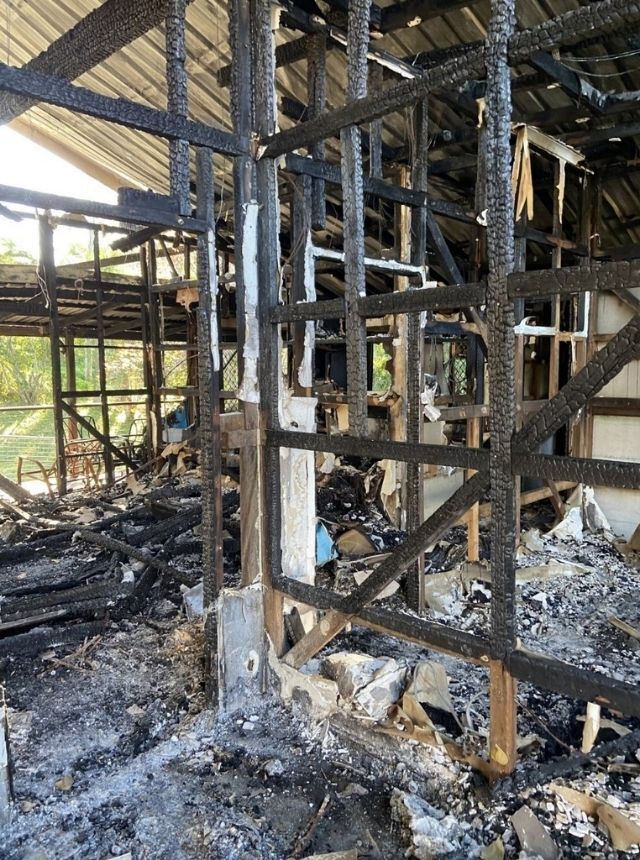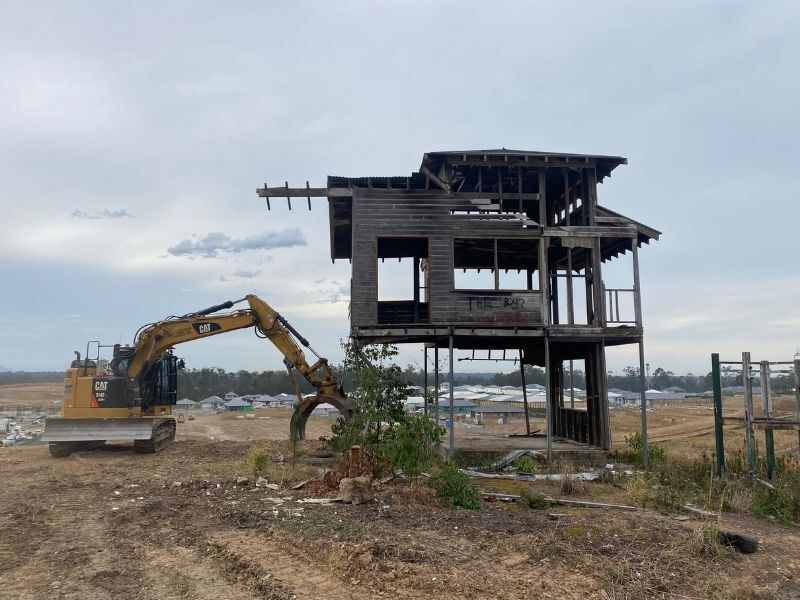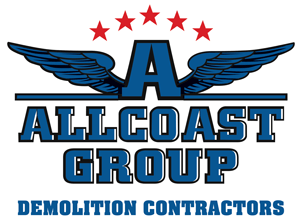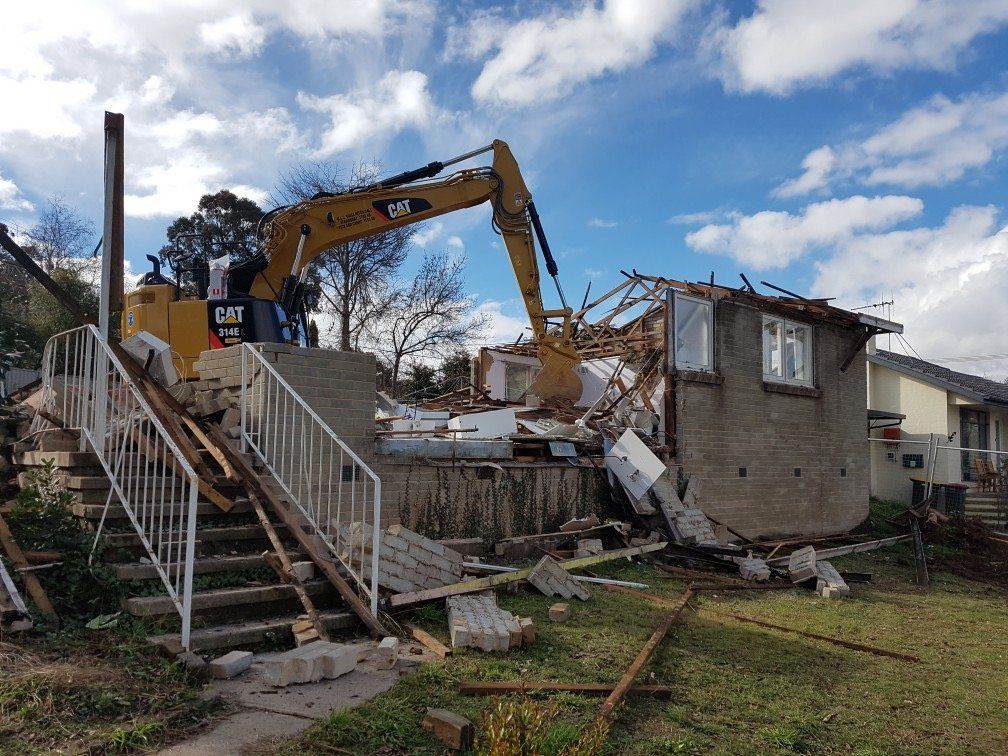Hazard Removal Sunshine Coast
Demolition work involves many common hazards that we can encounter on any job. At Allcoast Group we are also experienced in removing chemical hazards including fuels and sewerage that can impede demolition work.
Allcoast Group has dust suppression methods in place to ensure that the demolition dust is controlled. The most common methods for controlling demolition dust are surface wetting and airborne capture. The goal of surface wetting is to prevent fine dust problems by wetting the source before particles can become airborne, usually with hand-held hoses or movable sprinklers.
It is not uncommon that we encounter wildlife during our work, this is why we always begin our work by hand from the roof down, we do our very best to keep both you and our wildlife friends safe from harm.

At Allcoast Group Demolition Contractors, we are also experienced in removing chemical hazards including fuels and sewerage that can impede demolition work. It’s not uncommon that we encounter local wildlife during demolition projects too! Did you know that 1 in 5 houses are also home to pythons or tree snakes? While they’re only looking for rats and mice to eat, it can cause quite a scare for unsuspecting homeowners. We always begin demolition work from the roof down to keep both you and our wildlife friends safe from harm.
If your property was built before the mid-1980s up to 1995, there is a chance it could contain asbestos. Don’t risk removing asbestos yourself, call us at Allcoast Group Demolition Contractors on the Sunshine Coast. We’ll safely remove and dispose of dangerous chemical contaminants prior to demolition.

Frequently Asked Questions
- What counts as a hazard?
A hazard for demolition can be anything that’s a risk to builders or demolitions experts' health. For example, hazardous waste and toxic chemicals are an example of a hazard, as is dust released from demolition – particularly in properties with asbestos. If something is a risk, it’s also a hazard.
- When do I need a hazard removal service?
If you even have slight doubts about potential hazards in a demolitions project, calling in the experts is always the right thing to do. Our expert team can come out on-site and identify any hazards quickly and effectively. Once identified, we can carry out removals to leave your site 100% safe.
- What’s your safety policy?
Given the dangerous nature of demolition, safety for our workers and all members of the public is always our top priority. We will always provide our safety procedures and licenses and when we start a job we always introduce ourselves to inform them of our methods, time frames and answer any questions they may have.
- How do you control demolition dust
Allcoast Group has dust suppression methods in place to ensure that the demolition dust is controlled. The most common methods for controlling demolition dust are surface wetting and airborne capture. The goal of surface wetting is to prevent fine dust problems by wetting the source before particles can become airborne, usually with hand-held hoses or movable sprinklers.
- Do you offer wildlife removal?
A demolitions specialists on the Sunshine Coast, it’s no surprise we often come across wildlife, especially in abandoned properties. As part of our hazard removal services, we can work with local councils and services to remove animals that may be hazards. We also work from the roof down to prevent damage to wildlife wherever possible.
Brands
Our Services
Browse Our Website
Open Hours
- Mon - Fri
- -
- Sat - Sun
- Closed







